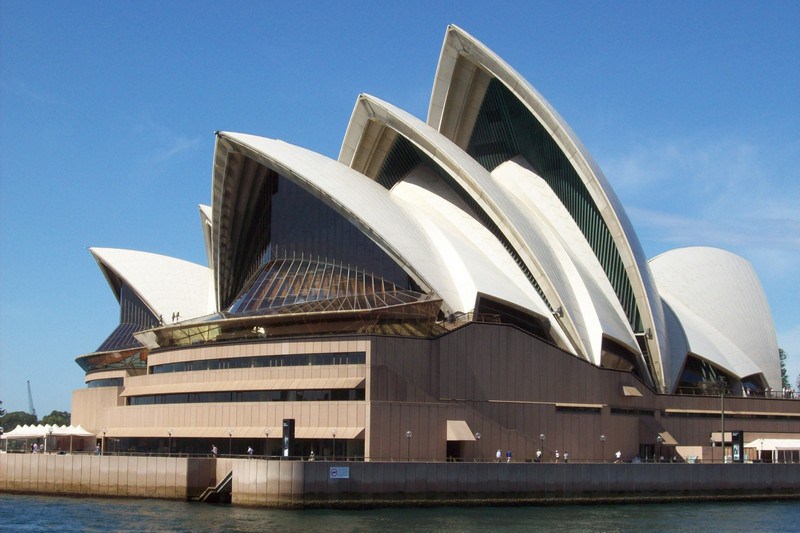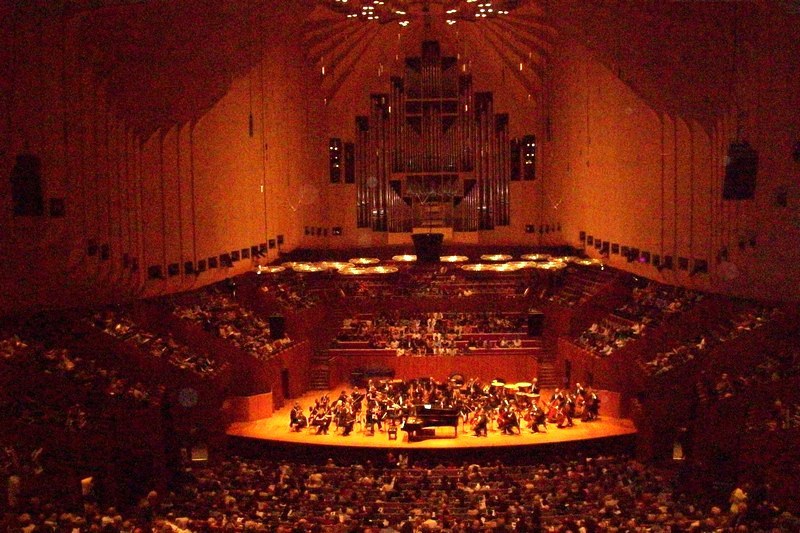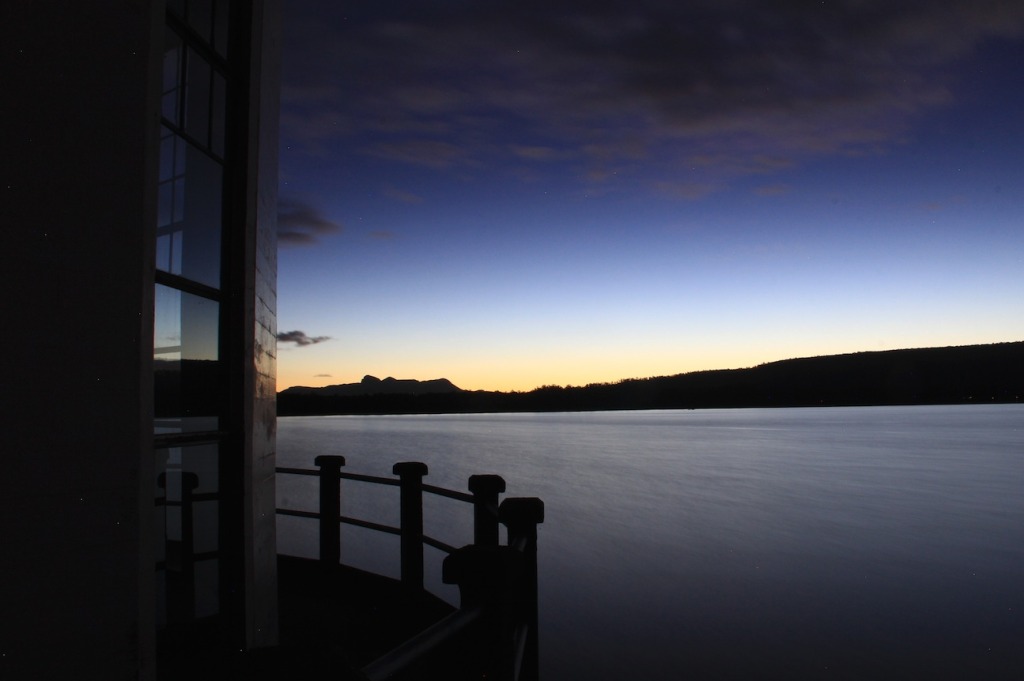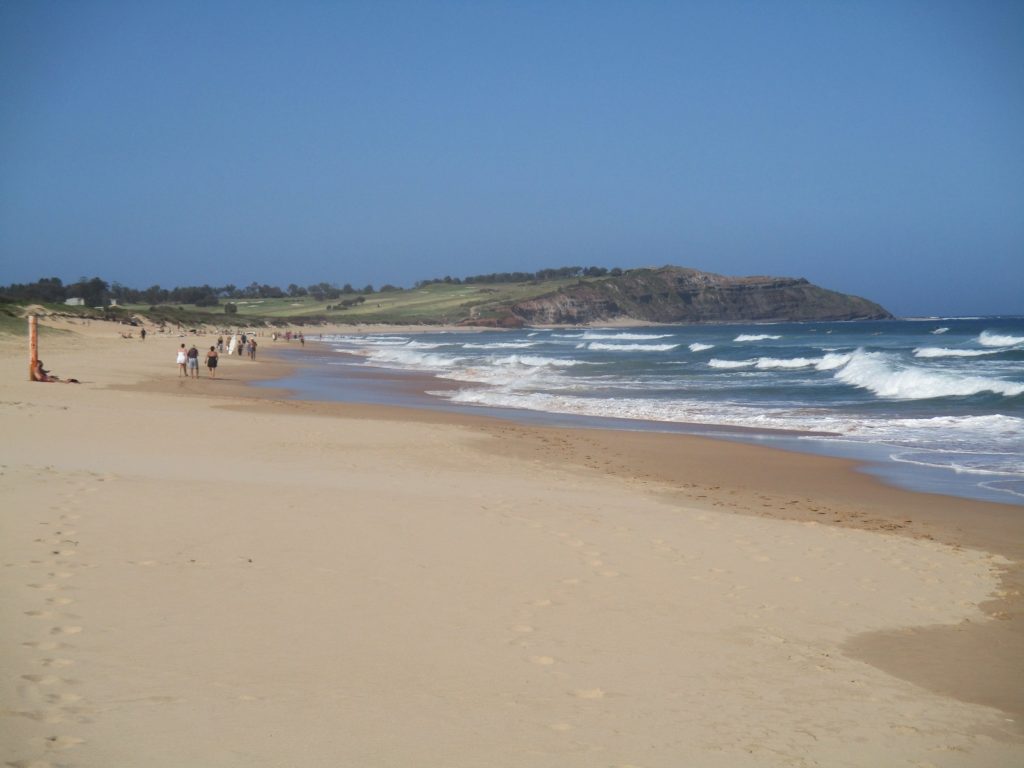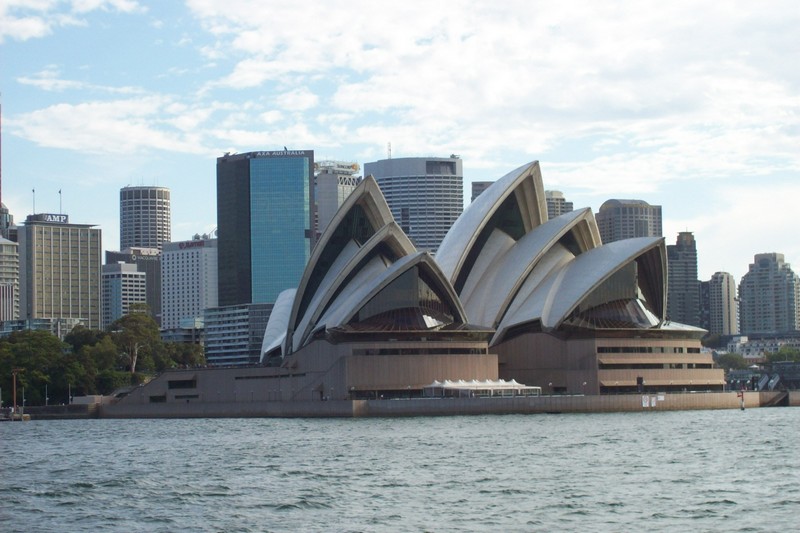The Sydney Opera House is one of the most photographed buildings in the world. Its soaring rooftops mimic the billowing sails on the ships that brought so many to Australia from foreign lands. Most people don’t know the original design was rescued from the waste basket.
During World War II, Australians were shocked when England all but abandoned them and then had the nerve to ask their soldiers to help British forces elsewhere. Suddenly, they found themselves all alone in the vast Pacific and they realized they were not really a part of Europe at all, but rather an adjunct of Asia. That rude awakening caused a national identity crisis.
The Sydney Opera House changed all that. Just as the Taj Mahal stands as a symbol of India, this bold, sweeping structure on the shores of Sydney Harbor has come to define how Australians see themselves and and how the rest of the world sees Australia — bold, confident and self-assured.
The story of how the Sydney Opera House came to be fascinating. In 1948, the director of the Sydney Opera proposed the construction of new facility. A call went out around the world for people to submit design proposals. Most of them were insipid or derivative. Some were just square concrete boxes reminiscent of Soviet era architecture. But one, from Danish architect Jørn Utzon, was different. So different, in fact, that it was rejected initially by the design committee.
Utzon’s submission amounted to little more than some rough sketches with few architectural details. But his vision so impressed world renowned architect Eero Saarinen, who was asked to help make the final selection, that he was rescued it from a pile of discarded designs and declared it the winner.
Sydney was scandalized. The concept was too bold, too out of the ordinary, too brash. Many doubted whether Utzon’s vision could even be built. But Sydney decided to push ahead and construction started in 1958. Due to the enormous engineering challenges presented by the design, the building would not be completed until 1973. In fact, delay after delay beset the project as engineers wrestled with how to turn Utzon’s vision into reality. More than once, talk of abandoning the project was heard.
But then, by merest chance, world famous tenor Paul Robeson found himself in Sydney one day and decided to give an impromptu concert at the site of the construction. The power of his voice so inspired the assembled engineers, architects and workers that they re-dedicated themselves to their task, vowing to let no hurdle stand in the way of seeing the dream completed.
In 2003, Utzon was awarded the Pritzker Prize, architecture’s highest honor. The award citation states:
There is no doubt that the Sydney Opera House is his masterpiece. It is one of the great iconic buildings of the 20th century, an image of great beauty that has become known throughout the world – a symbol for not only a city, but a whole country and continent.
My son happens to live in Sydney. One evening, I took him and his wife to a piano recital at The Opera House. Since we bought our tickets at the last minute, we were seated in the last row, yet the exquisite acoustics of this magnificent concert hall carried every note clearly to our ears. It was like we were sitting close enough to reach out and touch the piano. It was incredible.
Outside the Opera House is a promenade with several cafes along the waterfront. The area is always packed with people. It’s as if the building is a magnet, attracting tourists and locals alike to come bask in its aura.The Sydney Opera House is such an enduring testament to human achievement that it is worth the trip even if you do nothing else in Australia.
Photos by the author.
